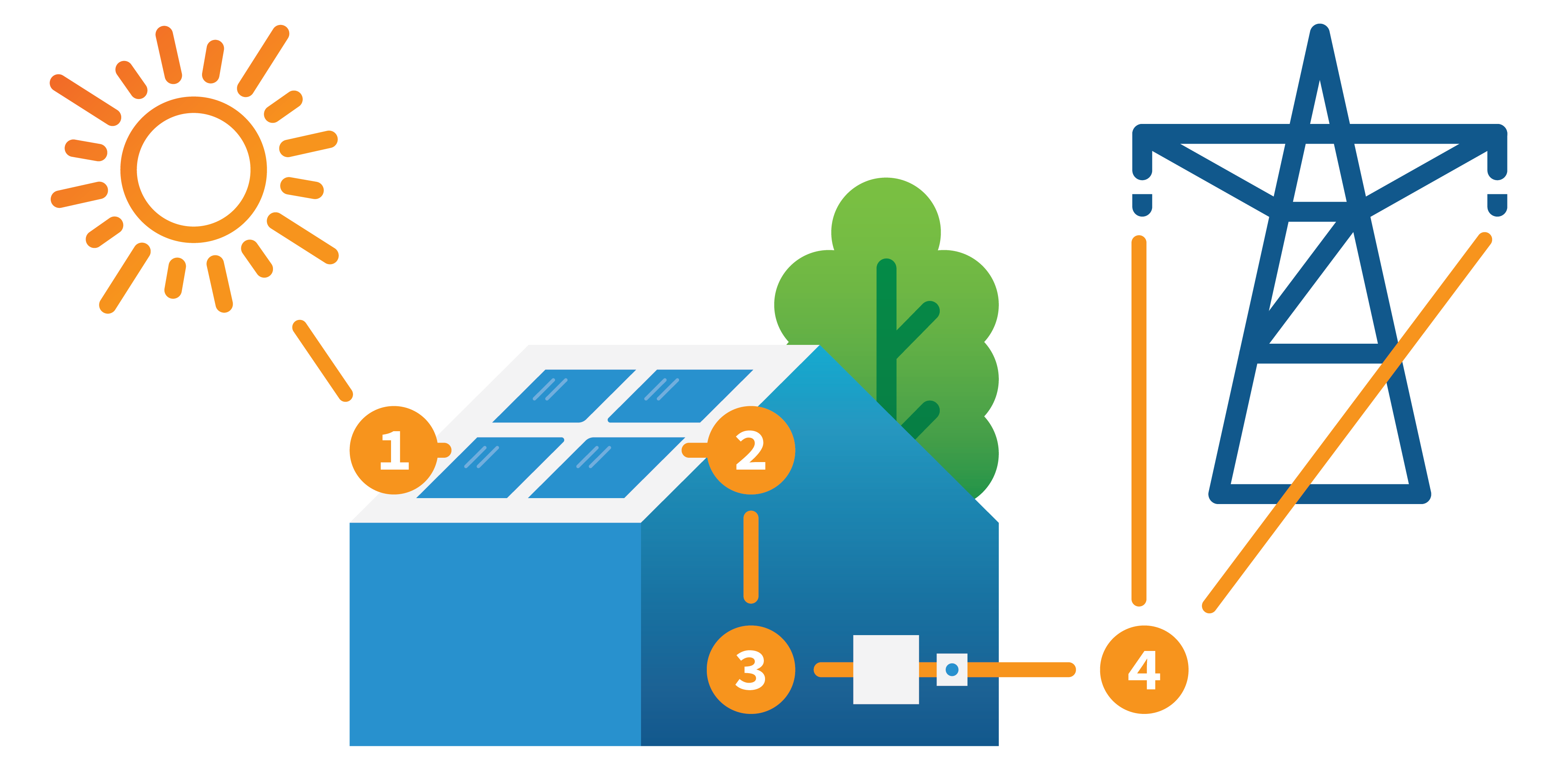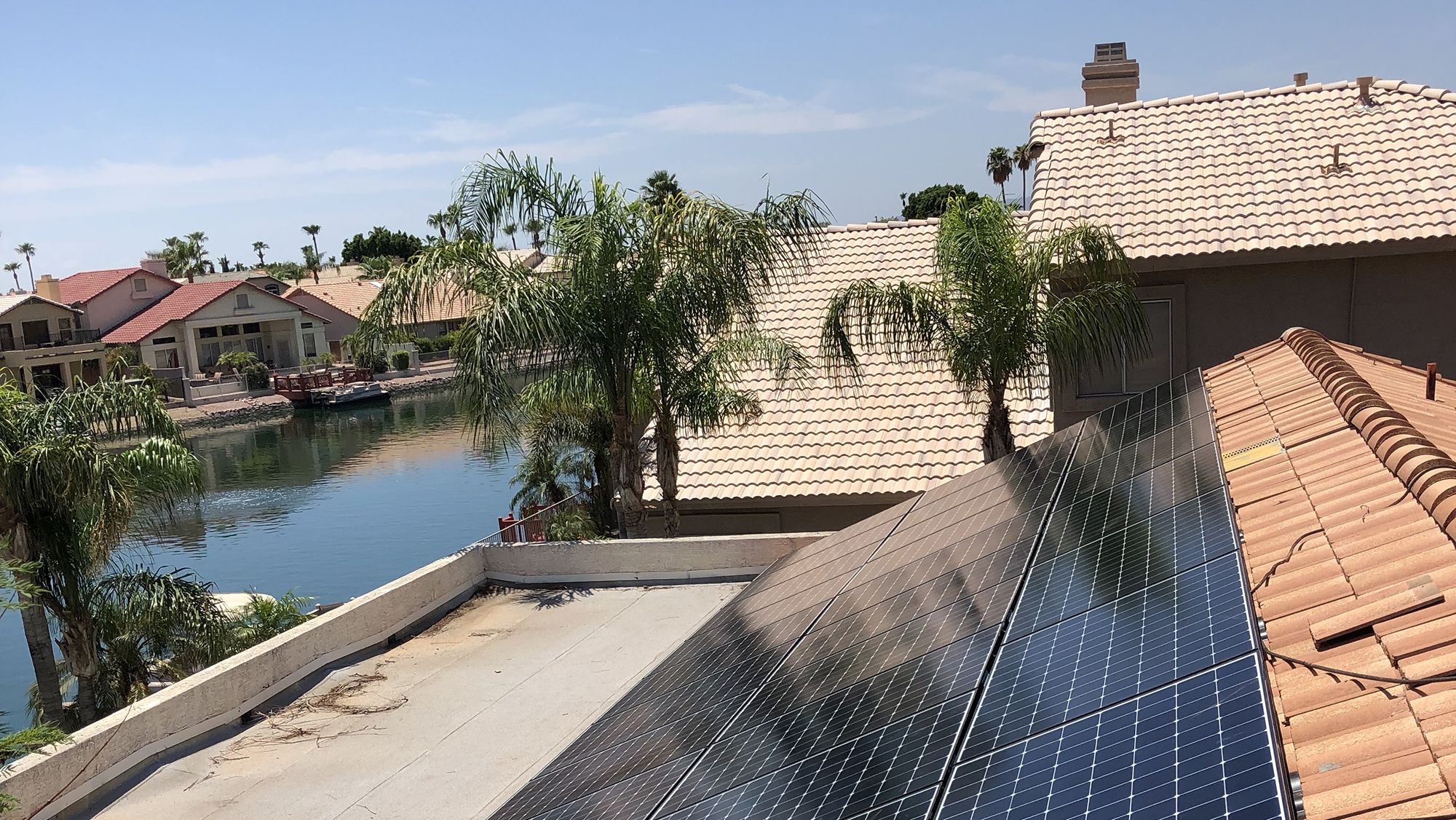Connecting with clean energy
There are many factors to consider before you make a choice and sign a contract. Learn more about your options, what questions to ask and the connection process in the FAQ tab.
How much solar do I need?
Did you know that the average American household consumes 5% more power each year? Let us help you plan for a better energy future.
How much does solar cost?
There are federal and state tax credits that can help you pay for your system. With $0 down financing and flexible terms, the time to go solar is NOW!
Service plans for customers with solar
Customers who install solar are eligible for one of APS’s Saver Choice plans. Saver Choice Plus and Saver Choice Max are time-of-use plans with demand, and do not include a grid access charge. Saver Choice is a time-of-use plan and includes a grid access charge. View service plans.
Going solar is a great investment and offers immediate ROI. Below are some of the most frequently asked questions sourced from the APS website.
How does solar work?
Although they may look complicated, solar panels have no moving parts and require very little maintenance. The components required for a residential solar system include the panels, an inverter power station, individual systems for cable management, mechanical racking and energy monitoring. An inverter takes the DC power directly from the solar panels and converts it to the same AC power that your home uses.

Solar Incentives
There are federal, state and local incentives that can help you pay for your system.
Interconnection Requirements
PGT works closely with APS to ensure your system is commissioned. From permitting to installation, the process will be seamless.
The APS Green Choice Program lets you select blocks of power that come from renewable energy sources. (There is also the option to select a percentage of your power instead of blocks.)




